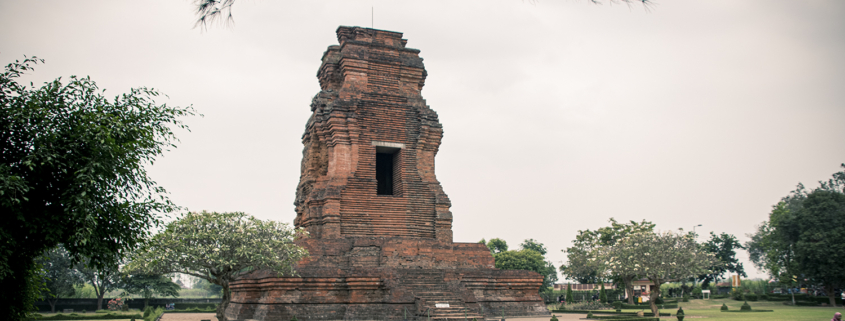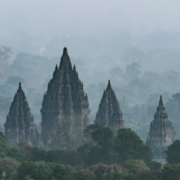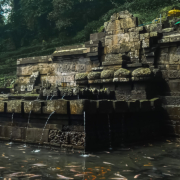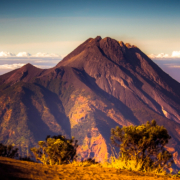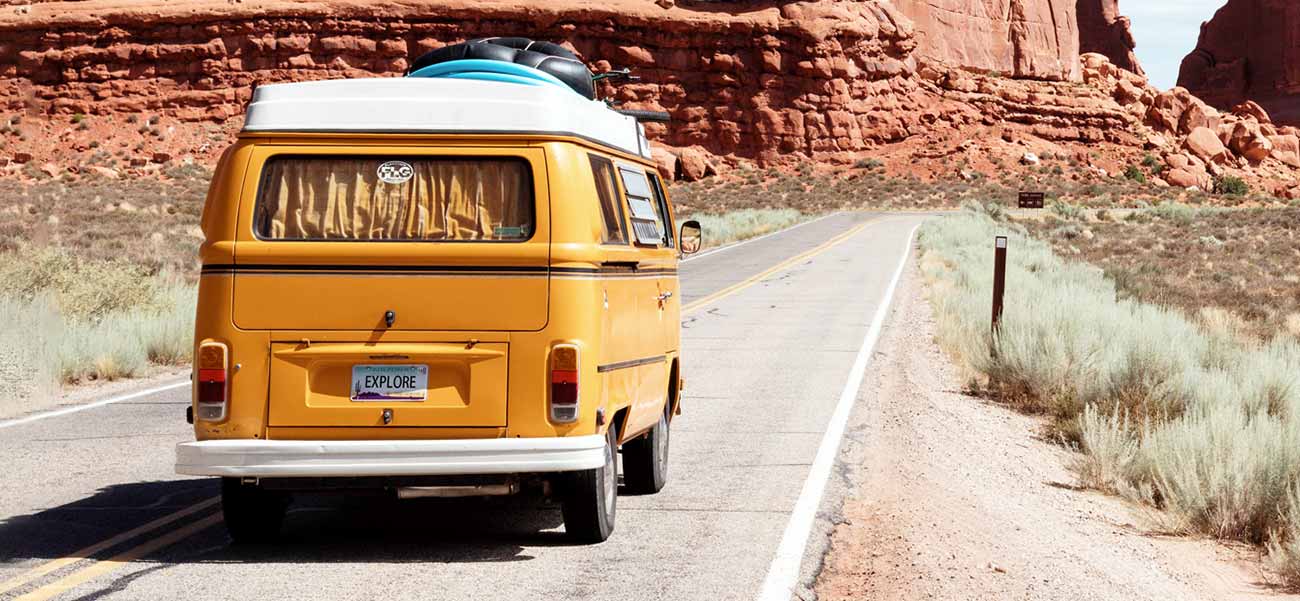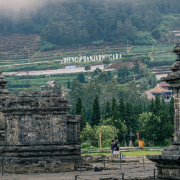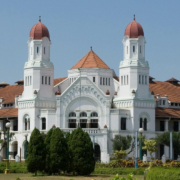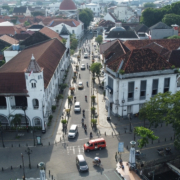Brahu Temple (Candi Brahu): Majapahit Red-Brick Heritage Site
Set in the heart of Trowulan, the former capital of the Majapahit Empire, Candi Brahu is one of the most prominent surviving temples from Java’s golden age. Located in Bejijong village, Mojokerto Regency, this striking red-brick structure stands gracefully amid green gardens, offering visitors a serene and tangible link to Indonesia’s classical past.
Though less ornate than Central Java’s temple complexes, Brahu captivates with its distinctive curved form, mysterious history, and quiet dignity—making it a must-visit for anyone exploring East Java’s cultural heritage.
Dating back to the 14th or 15th century, Brahu Temple is believed to have served as a Buddhist sanctuary during the later Majapahit period. While local legends speak of it as the cremation site for early Majapahit kings—especially the revered “Brawijaya” rulers—archaeologists have found no remains or cremation ashes, suggesting a more spiritual or ceremonial purpose.
Today, it stands as a symbol of Majapahit craftsmanship, philosophy, and religious diversity, with subtle Buddhist features and links to older sacred traditions.
What to See and Appreciate
Candi Brahu’s architecture is deceptively simple yet deeply refined. The temple rises on a rectangular brick platform, reaching approximately 20 meters in height, with elegantly bowed walls and a flat rooftop that once supported a stupa. Its entire form is built from hand-laid red bricks, the hallmark of Majapahit-era construction, and it features no relief carvings—its beauty lies in its shape, symmetry, and the harmony of proportion.
Walk around the temple to appreciate the craftsmanship up close. Though entry to the inner chamber is often restricted, visitors can approach the wide verandah and admire the large doorway niche and the brick detailing around its tiers.
In the surrounding lawns, you’ll find the remains of a stupa base, ancient wells, and miniature brick shrines—all remnants of the temple’s original sacred layout. The grounds are peaceful and well-maintained, offering a perfect setting for slow exploration and quiet reflection.
Travel Tips for Visiting Brahu Temple
-
Location: Bejijong Village, Trowulan District, Mojokerto Regency, East Java
-
How to Get There: Around 1.5 hours by car from Surabaya, or 30–45 minutes from Mojokerto City. Easily accessible via the Mojokerto–Jombang road (Jl. Raya Trowulan).
-
Admission: Very affordable (typically under Rp 5,000); small parking fees apply
-
Opening Hours: Daily, 6:00 AM – 6:00 PM
-
Best Time to Visit: Early morning or late afternoon for cooler temperatures and golden light for photography
-
Nearby Sites: Combine your visit with Candi Gentong, Candi Tikus, Bajang Ratu Gate, Wringin Lawang Gate, and the Trowulan Museum
Why Brahu Temple Deserves a Place on Your Itinerary
While not as famous as Borobudur or Prambanan, Candi Brahu offers a more intimate and introspective temple experience. It speaks not through grandeur, but through quiet presence. It tells the story of a kingdom that embraced both Hindu and Buddhist traditions.
It evokes the faded power of Majapahit not in ruins, but in the resilience of brick and memory. For history lovers, spiritual seekers, or casual explorers, a visit to Brahu is a journey into Java’s sacred past—gentle, grounded, and deeply moving.

